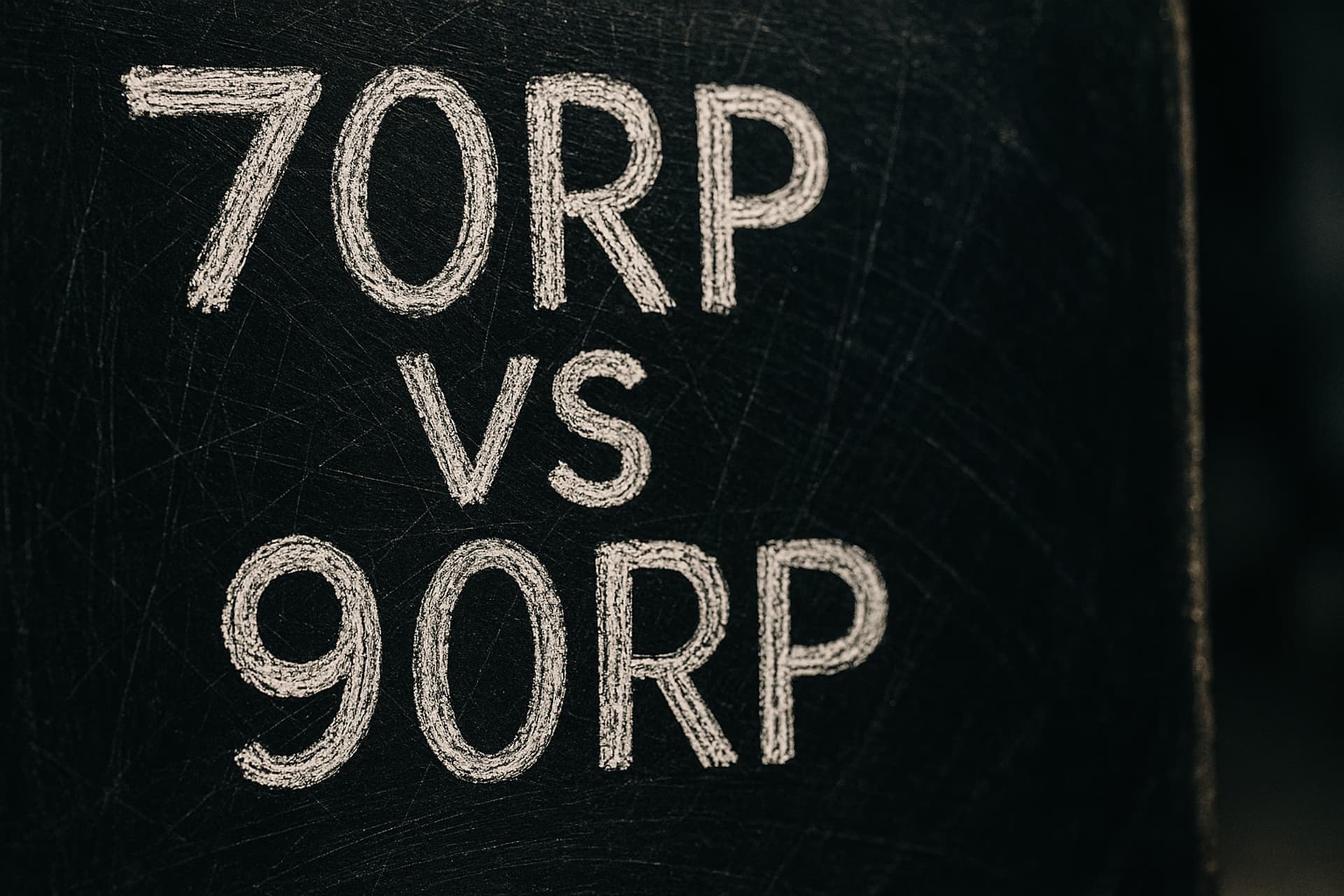O-Level Biology Food Tests & Reagents Playbook (Paper 3)
Download printable cheat-sheet (CC-BY 4.0)02 Nov 2025, 00:00 Z
Reviewed by
Ezekiel Tan·Academic Advisor (Biology)
Want small-group support? Browse our IP Biology Tuition hub.
TL;DR
Paper 3 keeps recycling food-test and reagent-led investigations, and the 2026 syllabus spells out the exact chemicals and apparatus examiners expect to see ready on your bench.
Drill reagent prep, observation tables, and risk controls now so MMO, PDO, and ACE strands stay intact even when the task throws a twist (e.g. modifications or follow-up hypotheses).
1 | Reagents SEAB expects every lab to stock
- The 2026 O-Level Biology syllabus (6093) lists iodine, Benedict's, ethanol (denatured), biuret reagent, glucose and starch solutions, sodium chloride, dilute hydrochloric acid, hydrogencarbonate indicator, sodium hydrogencarbonate, limewater, universal indicator, litmus, cobalt(II) chloride paper, methylene blue, and petroleum jelly as standard Paper 3 reagents (SEAB).
- Assume each bottle arrives with a dropper pipette unless told otherwise. Your plan should state if a clean dropper is needed to avoid cross-contamination.
- Label every reagent in your table with concentration or state (e.g. Benedict's solution, biuret reagent, hydrogencarbonate indicator). Leaving this blank invites PDO penalties for vague observations.
2 | Food-test sequence without lost time
| Target | Reagent sequence | Observation cues | Skill checkpoints (P/MMO/PDO/ACE) |
| Reducing sugars | Use a clean test tube, add |




